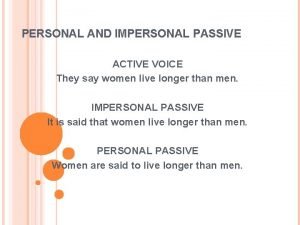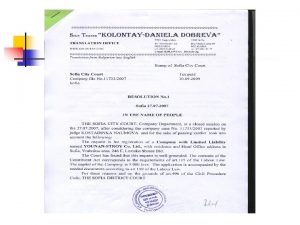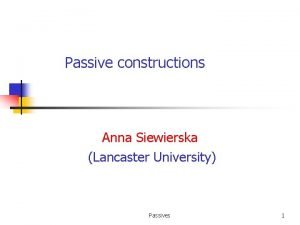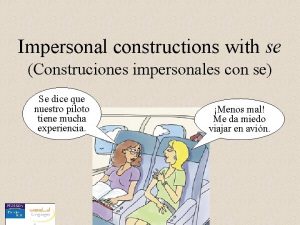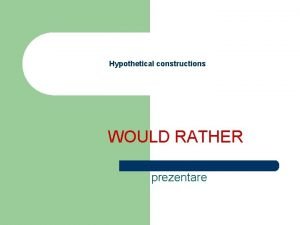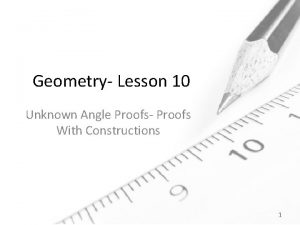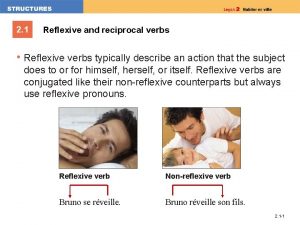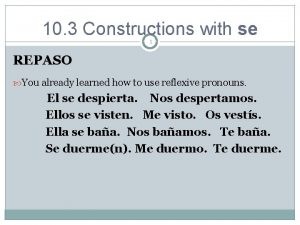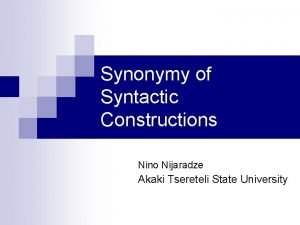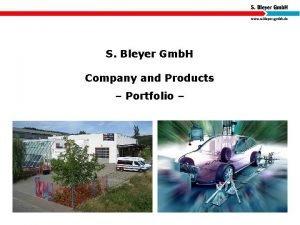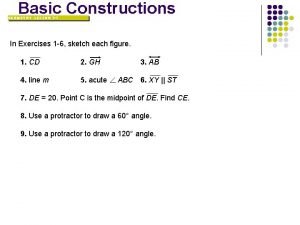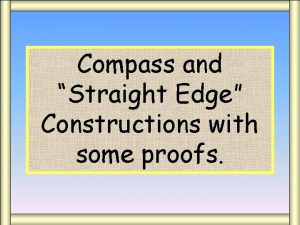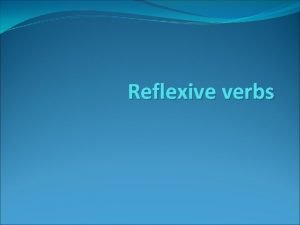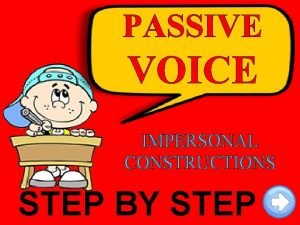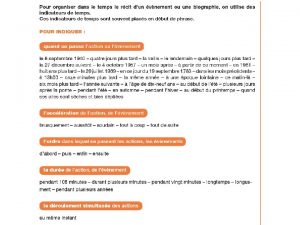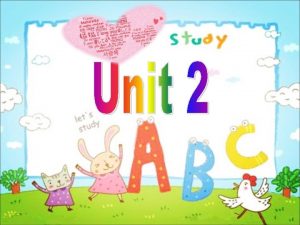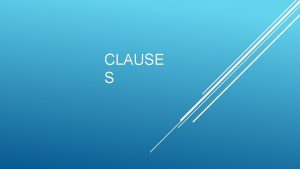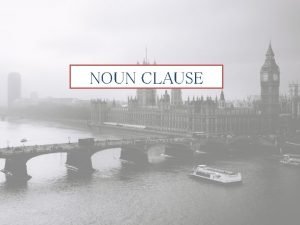Clause and text All the different clause constructions

















- Slides: 17

Clause and text • All the different clause constructions play a role in creating texts and their meanings. • If a clause syntax offers alternatives, the choice of one structure over another is not random but based on differences in meaning and textual effect.

Can a clause structure affect meaning? • Yes, but how? • What are the two different simple clauses you can produce using the following words? • Ahmed, email, write, Tariq • Ahmed wrote an email to Tariq. • Tariq wrote an email to Ahmed. • Samy killed the man. • The man killed Samy.

Different clause structures • They stopped tourists going into the tombs • They stopped tourists from going into the tombs • Where you did see the snake? (incorrect interrogative) • We advised them leaving early. (incorrect) • We advised them to leave early.

Clause, text cohesion and coherence • A collection of words (written or spoken) must have the essential properties of coherence and cohesion. • Cohesion is the name given to a range of options that allow addressors to signal their intention that a series of sentences or utterances is to be interpreted as a cohesive unit – a text. • These options are both grammatical and lexical.

• Cohesion is concerned with language internal choices for the creation of a text, with the linguistic devices that signal the organisation of a collection of words into a text. • Coherence relates to do with language external factors, with the content of the narrative, using ‘narrative’ in the broadest sense: novels, newspaper articles, academic books and papers and so on all have narratives.

• Events must be related in such a way that the reader or listener can construct an interpretation of the order in which things happened. • The presentation of events, processes and states and the progression of a narrative are achieved by the use of different tenses and aspects.

• The handling of old and new participants involves the use of definite and indefinite noun phrases and the contrast between lexical nouns and pronouns. • Definite noun phrases: the man, the school …… • Indefinite noun phrases: an old man, a school ….

• The highlighting of information, the placing of some element in focus position, is marked in spoken English by major shift in pitch – the tonic stress or tonic syllable.

• In written English, but also in spoken English, various syntactic constructions allow constituents to be put into focus position or to be the initial element in a clause: IT cleft, WH cleft, extraposition, double object construction.

Clause and text: clefts • Clefts typically put a particular constituent into focus. • The four cleft constructions play an important role in English grammar, functioning to highlight pieces of text and the information they carry and to present pieces of information as given or new.

IT CLEFTS • The most frequent construction is the IT cleft. • IT clefts are used to: • (1) present information as new and • (2) to put new information into focus and typically to contrast it with something else.

IT clefts are also used in narrative to set the time and place of an action (sometimes to introduce a participant). The information not highlighted is presupposed (taken for granted) by the speaker or writer.

Consider the following example: All the staff were stunned when the fire broke out. It was Jennifer who activated the alarm and tackled the blaze with an extinguisher. The IT cleft in (1) picks out one person from the set of staff members; Jennifer carries new information. It also conveys a contrast – Jennifer and not one of the others. Similarly, the IT cleft It was + John + that/who cooked duck in our kitchen at Christmas presents John as new information and as contrastive, ‘John and not somebody else’, or ‘John and not the person stated to have been the cook by a previous speaker. ’

• A very typical example is in (2), with the drive clearly new information and contrasting with looks. Which rather than that is unusual in IT clefts. • 2 The Scirocco’s looks have improved with age but it’s the drive which will sell you the car.

• Another common highlighting use of IT clefts is to give salience to times and places but with no or very little contrast, and often in the opening sentence of a narrative, as in (3). 3 It was in 1941 that the Germans invaded the Soviet Union. The Soviet Government was taken by surprise. (3) contains the opening sentences of a newspaper article, this use of IT clefts being typical of such texts, possibly to catch the reader’s attention.

• The final example of an IT cleft shows that in certain conditions, here asking for confirmation of the route to be followed on a map, given information can be repeated as part of a complete cleft and can even be put in focus.

• See the underlined chunk in (5). The word in capitals carries a focal accent and is in focus. 5 a See the side where the cliffs are? Go along till – go straight along then down till you’re about a cm above the picture of the waterfall. b so it’s the side nearest the CLIFFS I’ve to go?
 Text-to-media connection
Text-to-media connection Impersonal passive future tense
Impersonal passive future tense Draw three noncollinear points j k and l
Draw three noncollinear points j k and l Kreto investment
Kreto investment Passives
Passives Impersonal se examples
Impersonal se examples Rather construction
Rather construction Unknown angle proofs-proofs with constructions
Unknown angle proofs-proofs with constructions Spanish reciprocal reflexives
Spanish reciprocal reflexives 1.3 constructions with se
1.3 constructions with se Nino constructions
Nino constructions Bleyer constructions
Bleyer constructions Chrisos civil constructions
Chrisos civil constructions 1-6 basic constructions answers
1-6 basic constructions answers Square edge constructions
Square edge constructions Pronominal verbs passé composé interrogative
Pronominal verbs passé composé interrogative Impersonal passive constructions
Impersonal passive constructions Les information suivantes
Les information suivantes

